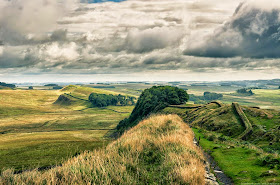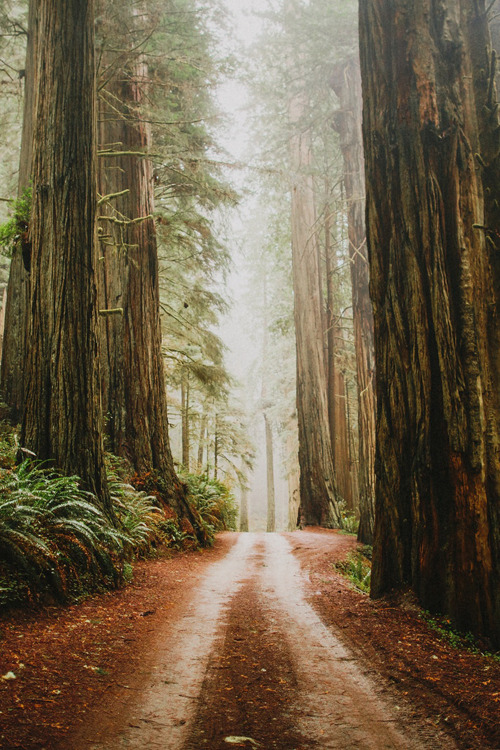Experts have called on the government to do more to protect the Gunung
Padang archaeological site in Karyamukti village in Cianjur regency,
West Java, where a prismatic structure considered to be older and larger
than the Borobudur temple in Central Java is currently being excavated.
Gunung Padang site
According to several experts from the Gunung Padang independent and
integrated research team (TTRM), the site could potentially be
Indonesia’s oldest and most important prehistoric landmark and should be
given priority in conservation efforts.
Indonesian Institute of Sciences (LIPI) researcher Danny Natawidjaja
said that even without government support, excavation and conservation
work would continue.
“We’ll foot the bill ourselves until everyone comes to their senses that
this is a national asset,” said Danny at a discussion held by the
Center for Information and Development Studies (CIDES) in Jakarta on
Wednesday.
Ali Akbar, the head of the research team, revealed that US$25 million
had been raised for the funding of the Gunung Padang project in 1979, a
quarter of which came from the United Nations Educational, Scientific
and Cultural Organization (UNESCO).
Ali said the project required experts from a variety of fields given its
complexity.
“Discoveries like this only occur every other century,” said Ali.
Ali referred to the discovery of Borobudur temple as the last time such a
historical heritage site was unearthed in the country.
He also called on the government to campaign to stop efforts to sell the
location as a tourist destination.
“The site should be fenced off from the foot of the hill so that it can
be protected,” said Ali, who is also the manager for research and
community services at the University of Indonesia’s (UI) School of
Humanities.
Ali said the structure covered the entire hill, and may possibly house
man-made chambers deep within.
Danny, who spearheaded an exploration of the site in 2011, said that
geological methods to determine the age of the site found that the
structure could be older than any other discovered in the country.
“Using carbon dating, a method for calculating the age of a mineral, we
found the first layer excavated to be between 2,500 to 3,600 years old,
although the structure may have been built more recently than that,”
said Danny.
He also said the site could be used to prove the nonlinear progression
of human population growth.
In keeping with current beliefs, Danny suggested that primitive man
would not have had the ability to build something as complex as Gunung
Padang, yet the site could date back to a historical period when
population growth and technological development were stagnant.
He insisted that there was a missing part to the solution that was worth
researching.
Architecture expert Pon Purajatmika corroborated the claim by pointing
out the use of a knowledge system in the construction of the site.
“Without the help of astronomy or knowledge about the surrounding area,
the site could not have been built with such precision,” Pon revealed.
Pon suggested that Gunung Padang was not only a monotheistic site
because of the absence of idolatry but that it was also built in
orientation to the stars and the Sun.
He likened the construction of the megalithic site to the ruins of Machu
Picchu in Peru, except that Gunung Padang predated the Incan site by
some 2,000 years.
“The mountain is sloped on all sides, even symmetrical,” Pon told The
Jakarta Post, adding that many relics were found within a radius of 5
kilometers, suggesting that the site used to be a hub of activity.
At the site’s information center, visitors are told that the terraced
site was first recorded by Dutch researcher NJ Krom in 1914 before being
rediscovered by local farmers in 1979.
Scientists have agreed to categorize the prismatic structure as a
stepped pyramid that has an area of 3,094 square meters consisting of
five levels. It stands more than 100 meters high and is believed to be
the center of a 25-hectare megalithic site.
The geological structure of the stone onsite is meticulously layered and
arranged by columnar jointing, with each stone varying in size.
Since 1985, only the top layer, which was considered to be a sacred
ritual arena, has been fenced off by the government for preservation.
Previously, the West Java provincial administration called on the
Cianjur regency administration and the local community to help protect
the megalithic site, especially from vandalism, as well as to attract
more tourists.



































